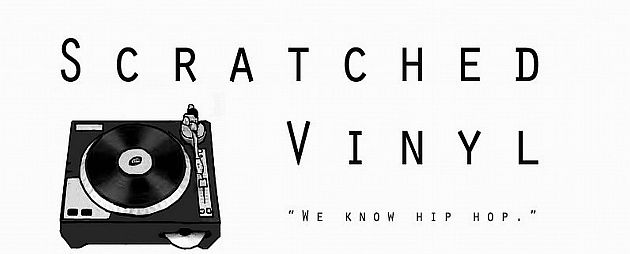The Real Hiphop: Battling for Knowledge, Power, and Respect in the LA Underground by Marcyliena Morgan
Written by Chi Chi Thalken on July 5, 2011Marcyliena Morgan is a professor of African and African American Studies at Harvard and founder and executive director of its Hiphop Archive. When I saw that she put together a book about Project Blowed, I was excited. This is the Life is one of my favorite hip hop documentaries. It focuses on the open mic sessions at the Good Life, a health food store in L.A. where many underground hip hop artists cut their chops. Project Blowed picked up when the Good Life stopped their weekly program, so naturally I was excited to read what I assumed would be a historical recounting of this important hip hop scene.
Unfortunately, Morgan never really decides what she wants the book to be. She does make the decision to write for an audience with minimal knowledge of hip hop, and takes the time to explain even the most basic concepts of slang, such as the multiple uses of the word “bad.”” This would be fine if I picked up a book looking for an introduction to hip hop history and culture, but I thought I was getting a history about a musical community in L.A. that grew outside itself.
However, more time is spent on the social theory behind what the phrase “West Side” means than setting the stage for why and where Project Blowed came to be. In short, this book lacks a lot of what needs to be explained (clear explanations of who, what, when, and where), and devotes considerable time to a couple specific sessions and a lot of explanations that are extremely elementary. If I wanted a book to go over the basics of hip hop culture and walk me through some theory and history of the bigger picture, I’d have plenty of choices (I’m partial to Tricia Rose and Jeff Chang - seriously, If you haven’t read Black Noise or Can’t Stop Won’t Stop, stop reading this review and go to your local bookstore right now!). If I’m picking up a book that deals with a creative space where the like of Aceyalone, Busdriver, Medusa, Abstract Rude, and other underground emcees honed their skills, I think it’s safe to assume that the target audience has a base understanding of hip hop culture and is interested in the historical significance and influence of Project Blowed. This is where the book fails.
There are some good moments in the book, such as the examination of how female emcees navigated their own space within Project Blowed, or how the group responded to threatened police raids. If the book was full of instances like these, I could have learned a lot about a place and time that produced some amazing hip hop. Instead, we get deep textual analysis breaking down one specific battle when the author was present, examining line by line how each emcee responded to the other, and we get less sense of how this particular battle functions in the larger scope of Project Blowed. The unfocused nature of this book is incredibly frustrating as well. I was hoping that this book would shine a light on a unique community and provide a clear understanding about how it all came to be. Instead, I’m left wondering what I still don’t know about Project Blowed.
| Title: | Marcyliena Morgan - The Real Hiphop: Battling for Knowledge, Power, and Respect in the LA Underground |
|---|---|
| Label: | Duke University Press |
| Year: | 2009 |
| Rating: | 4/10 |
